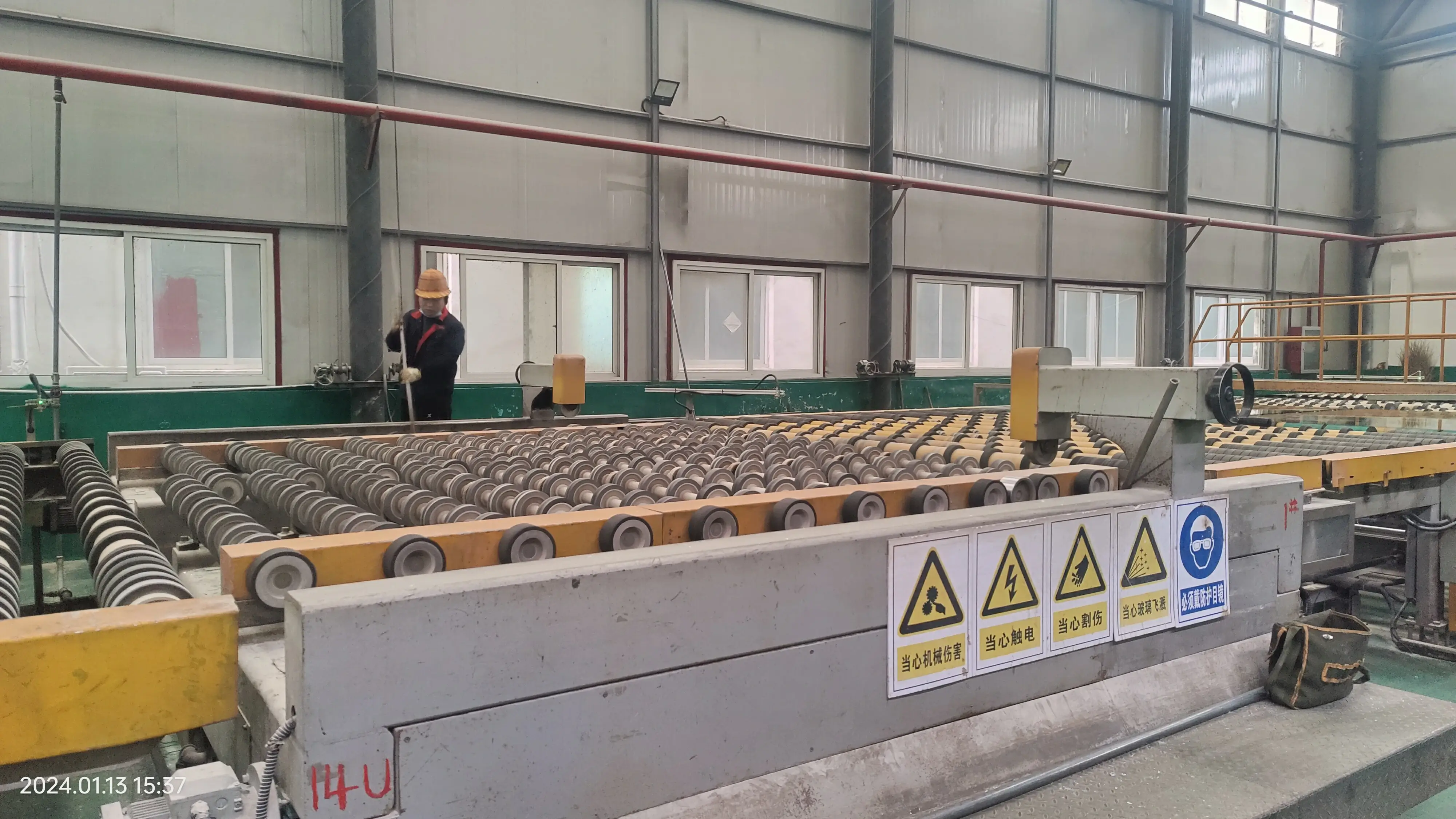

The Rise of Modern Aluminum Alloy Mirrors A Revolutionary Advancement in Reflective Technology
In recent years, the development of modern aluminum alloy mirrors has marked a significant breakthrough in the field of reflective technology. These high-performance mirrors are revolutionizing a wide array of industries, including automotive, aerospace, architecture, and renewable energy. With a perfect blend of strength, lightweight properties, and superior reflectivity, modern aluminum alloy mirrors are emerging as a preferred choice for countless applications.
The Basics of Aluminum Alloys
Aluminum alloys are created by combining aluminum with other elements, such as copper, magnesium, silicon, and zinc. This process enhances the material’s mechanical properties and improves its performance in various applications. The most commonly used aluminum alloys for mirrors fall within the 5000 and 6000 series, which offer excellent corrosion resistance, formability, and lightweight characteristics. These properties make aluminum alloys particularly suitable for constructing mirrors that can withstand diverse environmental conditions.
Advantages of Modern Aluminum Alloy Mirrors
1. Lightweight and Durable One of the most significant benefits of aluminum alloy mirrors is their lightweight nature. Compared to traditional glass mirrors, aluminum mirrors reduce weight significantly, making them easier to handle, install, and transport. This feature is especially beneficial in the aerospace and automotive sectors, where reducing weight can lead to improved fuel efficiency and performance.
2. Superior Reflectivity Modern techniques for coating aluminum alloys with reflective materials have allowed manufacturers to achieve high levels of reflectivity. These mirrors can reflect up to 95% of the light that hits their surface, making them highly efficient for various applications, including solar energy harnessing and lighting systems.
3. Corrosion Resistance Aluminum naturally forms a protective oxide layer, making aluminum alloys highly resistant to corrosion. This property is crucial for outdoor applications and environments subject to moisture, chemicals, and other corrosive elements. By using aluminum alloy mirrors, industries can ensure longevity and consistency in performance without frequent replacements.
4. Versatility and Customization The versatility of aluminum alloy mirrors allows them to be manufactured in various shapes, sizes, and thicknesses. Whether in automotive mirrors, reflective surfaces for solar panels, or decorative architectural elements, these mirrors can be tailored to meet specific design and functional requirements.
5. Sustainability Aluminum is one of the most recyclable materials on the planet. Using aluminum alloys in mirror production contributes to sustainable practices, as the recycling process requires significantly less energy than generating new aluminum. This attribute aligns with global efforts toward reducing waste and promoting environmentally friendly technologies.

Applications of Modern Aluminum Alloy Mirrors
The application of aluminum alloy mirrors spans multiple domains, reflecting their advanced capabilities. In the automotive industry, they are used in side mirrors and rearview mirrors, providing drivers with clear visibility while contributing to overall vehicle weight reduction.
In the aerospace sector, aluminum mirrors are employed in satellite reflectors and optical devices, benefiting from their lightweight and durable nature. Solar energy technology relies heavily on the use of reflective surfaces, and aluminum mirrors are essential in maximizing the efficiency of solar panels by directing sunlight towards photovoltaic cells.
Architecturally, aluminum alloy mirrors are increasingly integrated into building designs, enhancing aesthetics while improving energy efficiency through reflective surfaces that minimize heat absorption.
Challenges and Future Prospects
Despite their numerous advantages, the use of aluminum alloy mirrors does come with challenges. Scratches and surface imperfections can impact reflectivity, necessitating careful handling and maintenance. However, ongoing research and innovation in protective coatings and surface treatments continue to enhance their durability.
Looking ahead, the future of aluminum alloy mirrors is promising. As technology advances, there will be new coatings and treatments for enhanced performance, as well as integration with smart technologies that can adjust reflectivity based on environmental conditions. The demand for energy-efficient solutions in a world grappling with climate change will likely push the adoption of aluminum alloy mirrors even further.
Conclusion
Modern aluminum alloy mirrors represent a paradigm shift in reflective technology, combining lightweight design with exceptional durability and efficiency. Their advantages make them a compelling choice across various industries, promising greater sustainability and performance. As innovations continue to unfold, the full potential of aluminum alloy mirrors is bound to transform our approach to reflective surfaces and their applications worldwide.